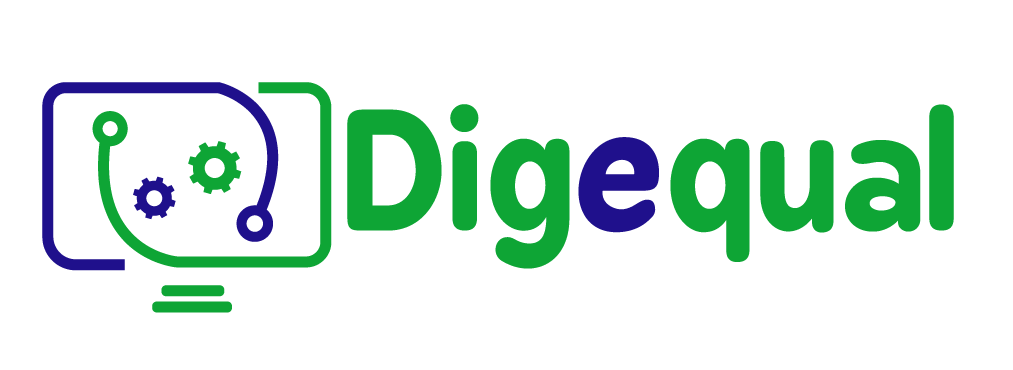How can we secure our digital activity?
Access to digital e-government services should not be frightening. Some risks can be avoided with the appropriate precautions. Despite the benefits, many citizens are wary of e-government services. In this regard, it is important to provide continuous information to increase awareness regarding knowledge, use, reliability and risks of using e-government services. Do you think sharing a post on FB is less risky than accessing an e-government platform? In both cases, it is your online digital identity, and in both cases, you are sharing data and information that, with proper precautions, can be kept safe.
Accessing digital services is easy and user-friendly, but these benefits may entail some (avoidable) risks. In this context, we speak of cybersecurity, which is the ability to act safely and responsibly on digital service platforms and, more broadly, on the Internet. Therefore, it is possible to protect personal information and minimise online risks with a few tricks.
The first step is to be aware of the possible risks one may incur to be able to recognise them and thus take action to avoid them.
- Phishing is a devious type of cyber attack used to steal data, such as cookies or personal information, such as login information and credit card numbers: acting as a trusted entity or person, a hacker will use realistic emails, text or social messages to induce victims to click on malicious links or accidentally submit sensitive personal information.
How to Detect a Phishing Attack? Emails containing phishing scams will imitate the logos and e-mail domains of an official brand and make urgent requests to trick unsuspecting victims into thinking the message is genuine.
Common requests include requests to access or update payment information messages, notifications of pending payments for fake purchases or confirmation of counterfeit goods, tax alerts about overdue payments, and social media messages inviting users to watch videos or click on links that install malware that can corrupt devices and compromise personal data.
How to protect yourself against phishing attacks? Be wary of unusual or misspelt email addresses, don’t open links or download attachments unless you are extremely sure they come from a source you know or expected to interact with, beware of generic greetings from an organisation that should know your name (e.g. a banking organisation calling you ‘Mr. or Mrs.’), and finally, be suspicious of messages promising rewards, refunds or prizes.
- Avoid weak passwords to protect yourself from easy breaches.
How to create secure passwords? Review and update your passwords regularly, use two-factor authentication whenever possible (this is non-negotiable), don’t use the same password for multiple accounts, use different passwords for different apps, use a password manager to store your passwords, and check your email for a data breach (you can use this link https://haveibeenpwned.com).
It is also useful to know that longer passwords that include alphanumeric and special characters are more secure.
- Protecting your devices and your privacy is important.
Lack of computer security awareness when using personal devices in public can drastically increase your vulnerability to an attack.
How do you protect your devices? To protect your devices at home and in public, you can be wary of public wifi networks, lock your devices when not in use, constantly perform updates, be aware of what you are consenting to (not all apps need your data to work) and finally be extremely careful when downloading files from the Internet.
